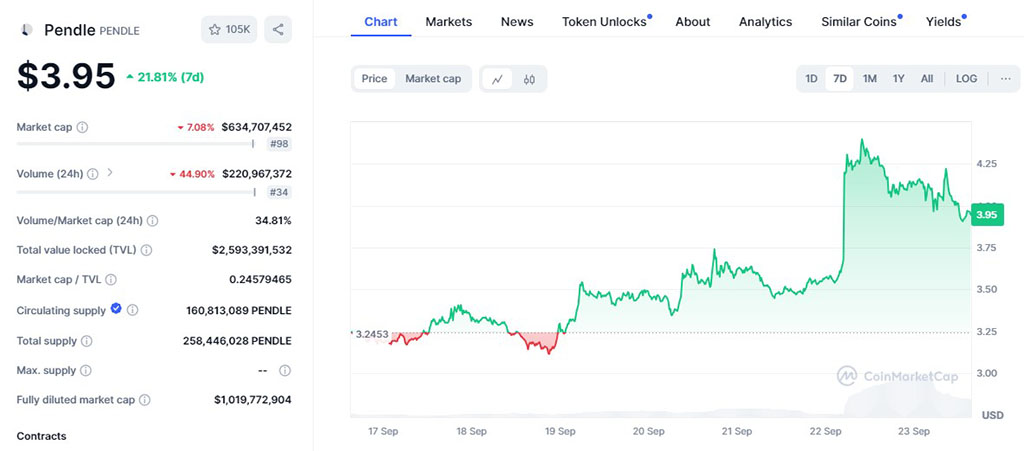In a year that was expected to usher in a new era of decentralized finance, 2023 brought a stark reality check to the Web3 community. A recent report from blockchain security platform Immunefi has revealed that a staggering $1.8 billion was lost to hackers and scammers in the Web3 space. In this article, we delve into the details of these losses, the major players involved, and what this means for the future of Web3.
The Shocking Statistics
The numbers are nothing short of jaw-dropping. According to the report, 17% of the $1.8 billion in losses can be directly attributed to the Lazarus Group, a notorious cybercriminal organization linked to North Korea. Their sophisticated tactics and relentless pursuit of ill-gotten gains have wreaked havoc in the Web3 ecosystem.
The most significant hack of the year, in terms of losses, struck the peer-to-peer trading platform Mixin Network. This single incident resulted in over $200 million in losses for unsuspecting crypto investors. Following closely behind was the $197-million exploit of lending platform Euler Finance, and in third place, the $126-million hack of the cross-chain bridge protocol Multichain.
The Lazarus Group’s activities have cast a dark shadow over the Web3 landscape. Law enforcement has identified approximately $309 million in losses associated with this cybercriminal organization. Among the high-profile targets were the Atomic Wallet, which suffered a staggering $100 million in losses, and CoinEx, which saw $70 million vanish due to the group’s actions. Other victims included Alphapo, Stake, CoinsPaid, and many more.
Hacks vs. Frauds: A Stark Contrast
One striking revelation from the report is the clear distinction between hacks and frauds. While fraud schemes, such as rug pulls, accounted for only $103 million in losses, hacks and exploits made up the lion’s share, totaling over $1.6 billion. This stark contrast highlights the vulnerability of Web3 protocols to sophisticated attacks.
Interestingly, the report also sheds light on the nature of the affected protocols. A significant portion of the losses, a staggering $1.3 billion, came from protocols claiming to be decentralized. In contrast, centralized finance (CeFi) crypto protocols accounted for only $409 million in losses. This raises questions about the security and resilience of decentralized systems.
While the numbers may seem grim, there is a glimmer of hope. The $1.8 billion in losses represents a significant decline compared to the previous year when blockchain security platform Chainalysis reported over $3.8 billion in stolen funds. This suggests that the Web3 community is learning from its mistakes and taking steps to improve security.
The year 2023 will undoubtedly be remembered as a year of challenges and lessons for the Web3 community. The staggering $1.8 billion in losses serves as a stark reminder of the risks associated with the decentralized finance space. As the industry continues to evolve, it must prioritize security and resilience to ensure a safer future for Web3 participants. The Lazarus Group’s activities highlight the need for increased vigilance and collaboration among stakeholders to protect the integrity of Web3 ecosystems.





